Autumn Equinox 2022: All About The First Day Of Astronomical Fall Season In Northern Hemisphere
Autumn Equinox 2022: The fall or September equinox marks the beginning of the astronomical fall season in the Northern Hemisphere. This year, the Autumn equinox falls on September 23 at 6:34 am IST.

Autumn Equinox 2022: Autumn is characterised by falling leaves and cooler temperatures. The Autumn equinox, also known as the September equinox, marks the beginning of the astronomical fall season in the Northern Hemisphere. The Autumn equinox may occur any time between September 21 and September 24. This year, the Autumn equinox falls on September 22 at 8:04 pm CDT (September 23, at 6:34 am IST in India).
Earth has two types of seasons, namely meteorological and astronomical. The tilt of Earth’s axis with respect to the Sun-Earth plane, and the planet’s position during its orbit around the Sun are responsible for the “astronomical” seasons.
“Meteorological seasons” are based on seasonal temperature variations modified by fluctuations in the amount of solar radiation received by Earth’s surface over the course of a year. Each year, the meteorological season of spring begins on March 1 and ends on May 31.
Earth’s tilt on its axis and the ceaseless motion the planet has while orbiting the Sun result in the equinoxes and solstices. September through November is considered fall.
What Is An Equinox?
An equinox is an astronomical event in which the Sun shines directly over the equator resulting in nearly equal amounts of day and night throughout the world, except for the North and South Pole. At the poles, the Sun approximately bestrides the horizon for the entire day, according to Alphonse Sterling, an astrophysicist at NASA's Marshall Space Flight Center in Huntsville, Alabama, the space agency says on its website.
An equinox is an event in which Earth's subsolar point passes through its equator. The subsolar point on a planet is the point at which the Sun is perceived to be directly overhead, and where the Sun's rays strike the planet exactly perpendicular to the surface.
While Earth's journey around the Sun drives the astronomical seasons, annual temperature cycles guide the meteorological seasons.
An equinox is caused by Earth's tilt on its axis as it revolves around the Sun. On the day of an equinox, Earth's axis is tilted 23.5 degrees from the plane of its orbit.
Science Behind Autumn Equinox
The Autumn equinox marks the first day of fall or autumn in the Northern Hemisphere. Meanwhile, in the Southern hemisphere, fall begins in March. The September equinox is known as the Spring equinox in the Southern Hemisphere.
Similarly, the March equinox is known as the Spring equinox in the Northern Hemisphere.
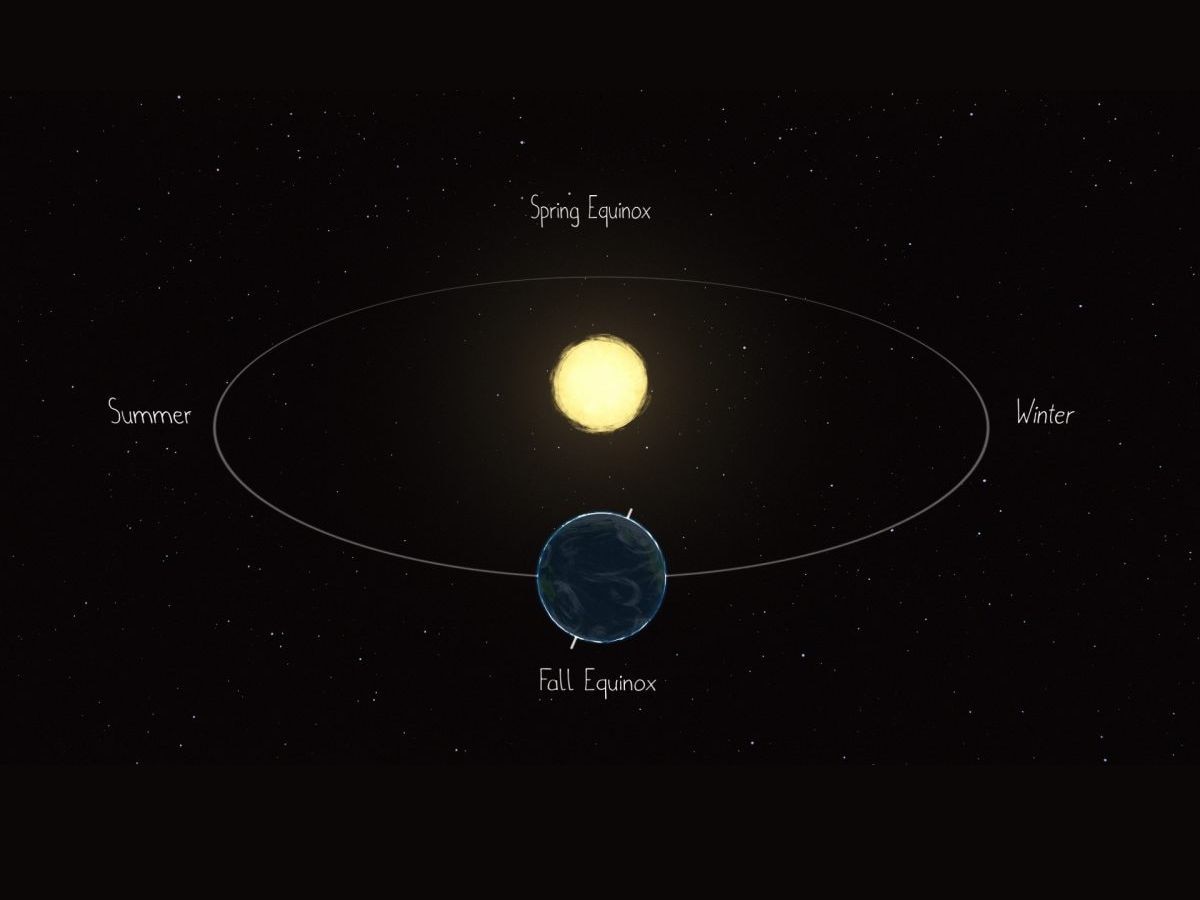
Equinoxes happen only twice a year. Because of the Earth's axis being tilted with respect to the Sun-Earth plane, the Sun shines unevenly over the Northern and Southern Hemispheres and it is the tilt which results in seasons. However, on the spring and autumn equinoxes, the Sun shines almost equally on the Northern and Southern Hemispheres.
On the first day of the fall in the Northern Hemisphere, the Earth is perfectly aligned sideways to the Sun. In other words, the Sun will be exactly above Earth's equator, moving from north to south. As a result, day and night will be nearly equal in length, throughout the world, on the day of an equinox.
After the Autumn equinox, the Sun gradually continues to rise later and set earlier in the Northern Hemisphere. This makes the days shorter and nightfall longer. Also, this results in colder weather conditions.
Meanwhile, in the Southern Hemisphere, the Sun begins to rise earlier and set later, after the September equinox, which marks the first day of spring for everyone living south of the equator.
The Spring or Vernal Equinox in the Northern Hemisphere occurs on March 20 or 21. This year, the March equinox, or the astronomical beginning of the spring season in the Northern Hemisphere, occurred on March 20.
According to NASA solar scientist Mitzi Adams, a kind of twilight will be prevalent at the North Pole from the Autumn equinox until sometime in October, NASA says on its website. This is because over the next few days after the Autumn Equinox, the Sun will go below the horizon.
The Full Moon in September is known as the Harvest Moon because it is the Full Moon closest to the Autumn equinox, also known as fall equinox.
Equinox Is A Single Moment In Time
Equinox is usually thought of as a phenomenon lasting an entire day. However, it is an instantaneous phenomenon, of a single moment in time, when the Sun crosses the celestial equator, which is an imaginary line in the sky above Earth's equator.
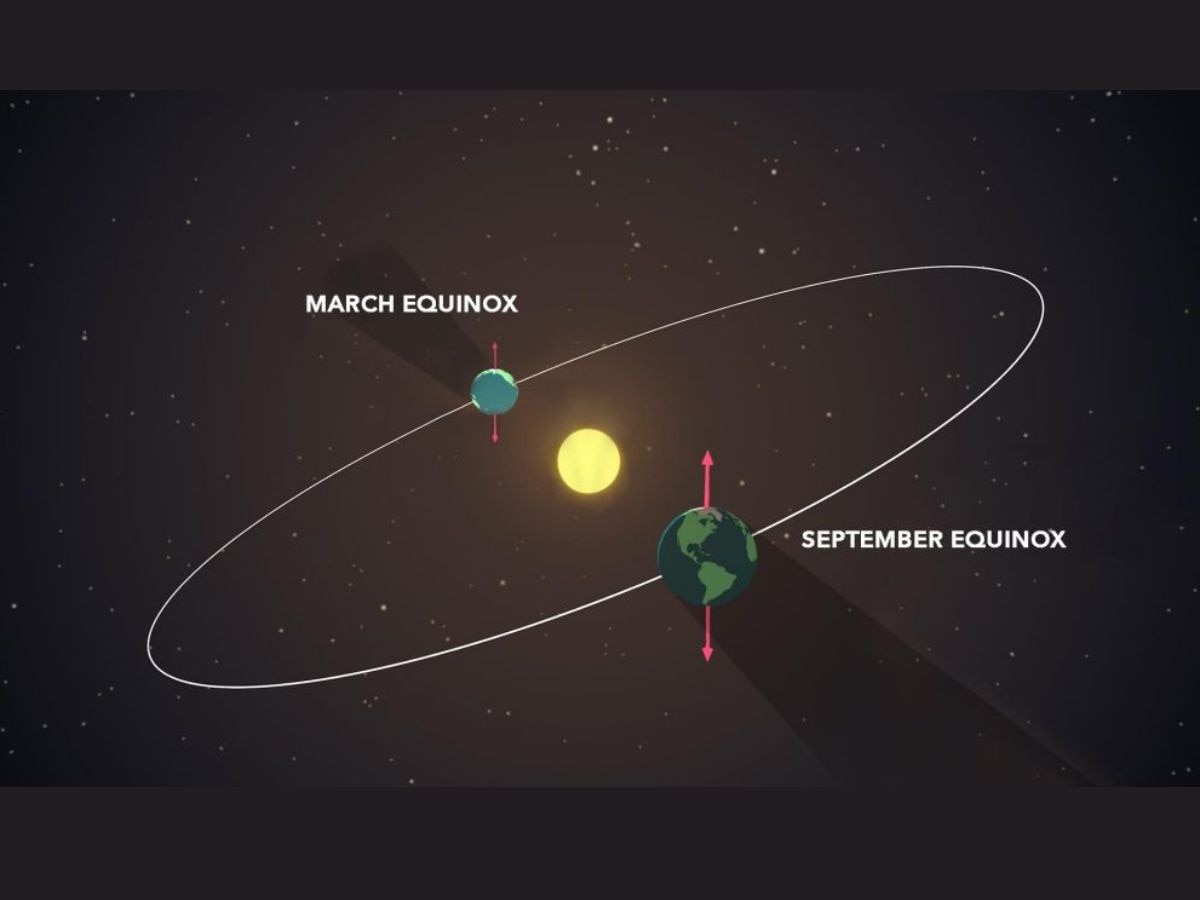
Equinox is a moment when the Earth's axis neither tilts away nor towards the Sun. After the Autumn equinox, there will be earlier sunsets and later sunrises in the Northern Hemisphere.
Are Days And Nights Exactly Equal On Equinoxes?
The word equinox comes from the Latin words "aequus" which means "equal", and "nox", which means "night". However, it is a common misconception that the day and night on an equinox are completely equal.
The day and night are not precisely 12 hours each on the fall or spring equinox. In some places in the Northern Hemisphere, the Sun will appear to be above the horizon when it is actually below it, because of the refraction of sunlight, according to the National Weather Service.
People living far from the equator will experience longer days.
Though the centre of the Sun sets 12 hours after sunrise, the day begins a little before the centre of the Sun rises, because the upper edge of the Sun rises above the horizon before the centre. Similar is the case with sunset, because it does not occur until the entire Sun completely sinks below the horizon. Since the upper edge of the Sun sets below the horizon after the centre, night begins a little after sunset.
This is why the days are still a bit longer when the Autumn Equinox begins, and a few days after that, equal days and nights start occurring.
In most regions in the world, the day of the equinox is a bit longer than 12 hours.
What Is Equilix?
Equilix is the date when day and night are actually equal, and falls a few days before the spring equinox and some days after the Autumn equinox in both hemispheres. This means that Equilix will fall a few days after September 22-23 in the Northern Hemisphere.
Equinoxes Do Not Occur On A Fixed Day
The Autumn Equinox usually occurs on September 22 or 23. But, occasionally, it can even occur on September 21 or 24. This happens because the Earth takes 365.25 days or 365 days and 6 hours to orbit the Sun, which means the equinox occurs 6 hours later than the time at which it happened the previous year. The Gregorian calendar does not consider those six hours. Instead, these six hours account for the additional day in a leap year. Because of leap years, the day of the equinox is reset to September 22 or 23. The last time the Autumn Equinox happened on September 24 was in 1931, and the next time it will happen is in 2303.
Autumn Equinox Is The Prime Time For Viewing Northern Lights
Aurora Borealis refers to a spectacular view of colourful lights in the night sky. Autumn equinox in the Northern Hemisphere is the prime time for viewing Aurora Borealis or Northern Lights. This is because on the equinox, the frequency of geomagnetic storms becomes twice the annual average.
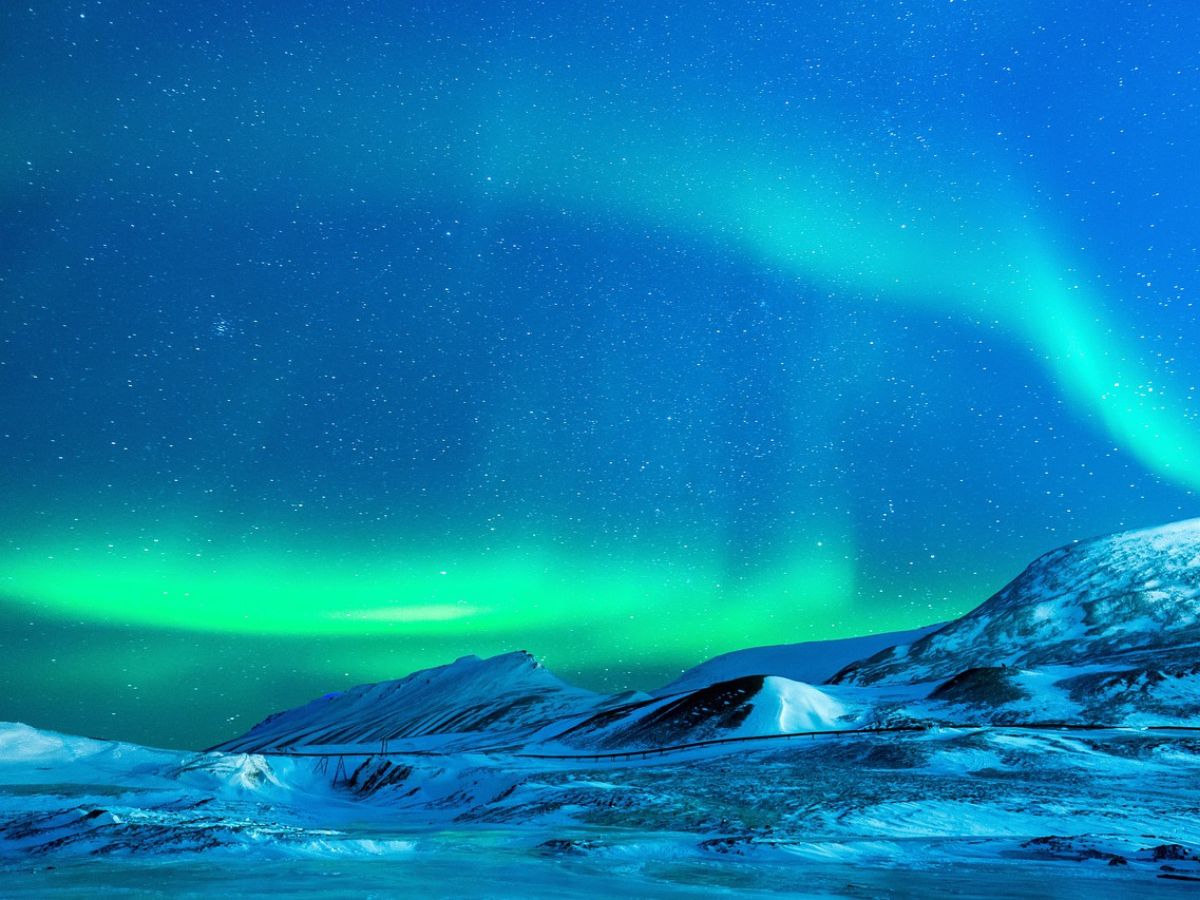
On the equinox, solar winds or the particles of plasma are better able to reach Earth's atmosphere, due to the Earth's axial tilt, through our geomagnetic field, and this interaction results in the strongest geomagnetic storms.
The particles of plasma interact with atoms of oxygen, nitrogen and other elements in the atmosphere, and release photons of different wavelengths, resulting in beautiful colours of aurora.
Harvest Moon Around Autumn Equinox
The first Full Moon occurring in September is known as the Harvest Moon. After the Autumn equinox, moonrise starts occurring earlier in the evening, as a result of which farmers are able to work longer.
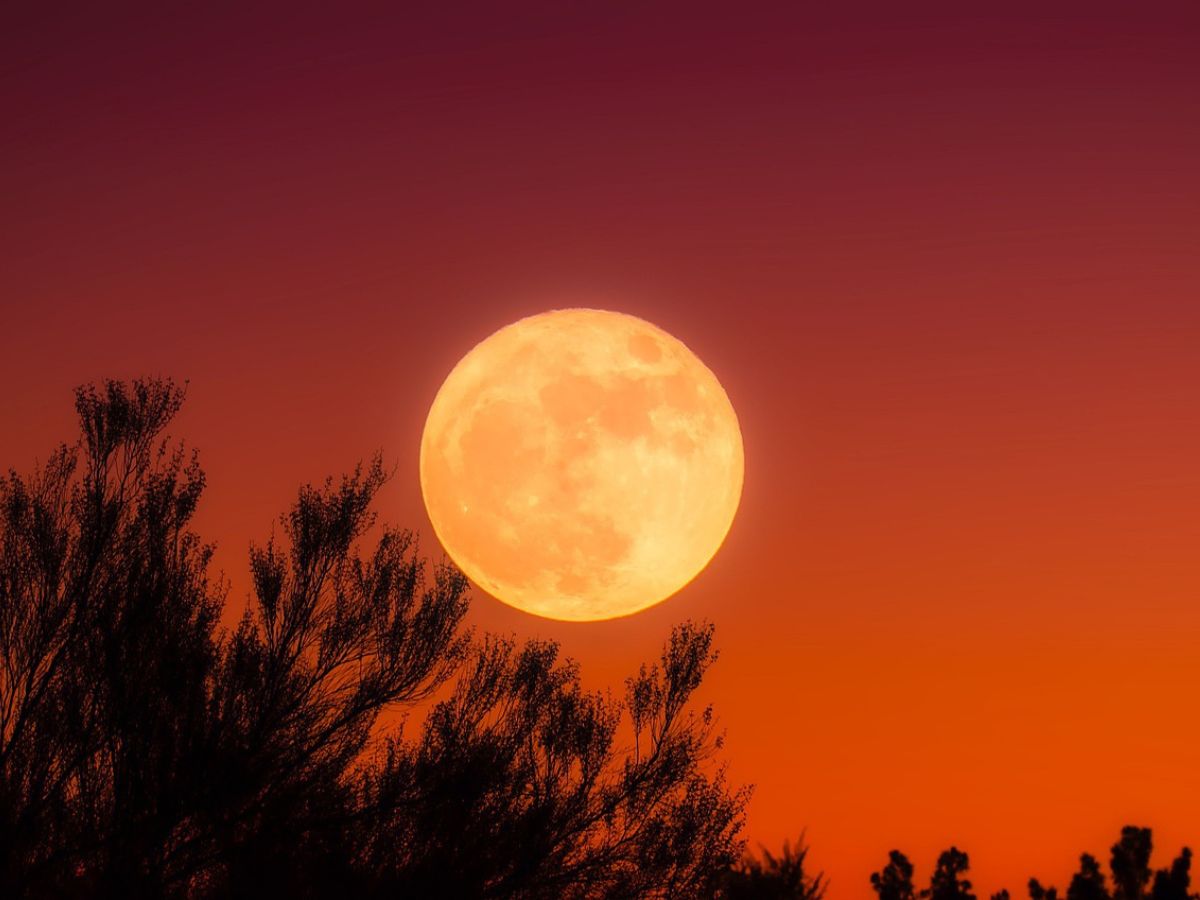
In Britain and in churches, Harvest festival is celebrated on the Sunday closest to the Harvest Moon.
Significance Of Autumn Equinox In Ancient Times
According to the French Republican Calendar, the Autumn equinox marked the official start of every new year, between 1793 and 1805. This is because the French monarchy was eradicated one day before the equinox in 1792. From 1793 to 1805, the first day of each year began when the Autumn equinox fell at the Paris Observatory.
Sun Rises Due East And Sets Due West On An Equinox
On the Autumn and Spring Equinoxes, the Sun rises due east and sets due west, which means that the cardinal compass point is at 90 degrees, or straight towards the east and west, respectively.
Vibrant Reds And Yellows Of Autumn
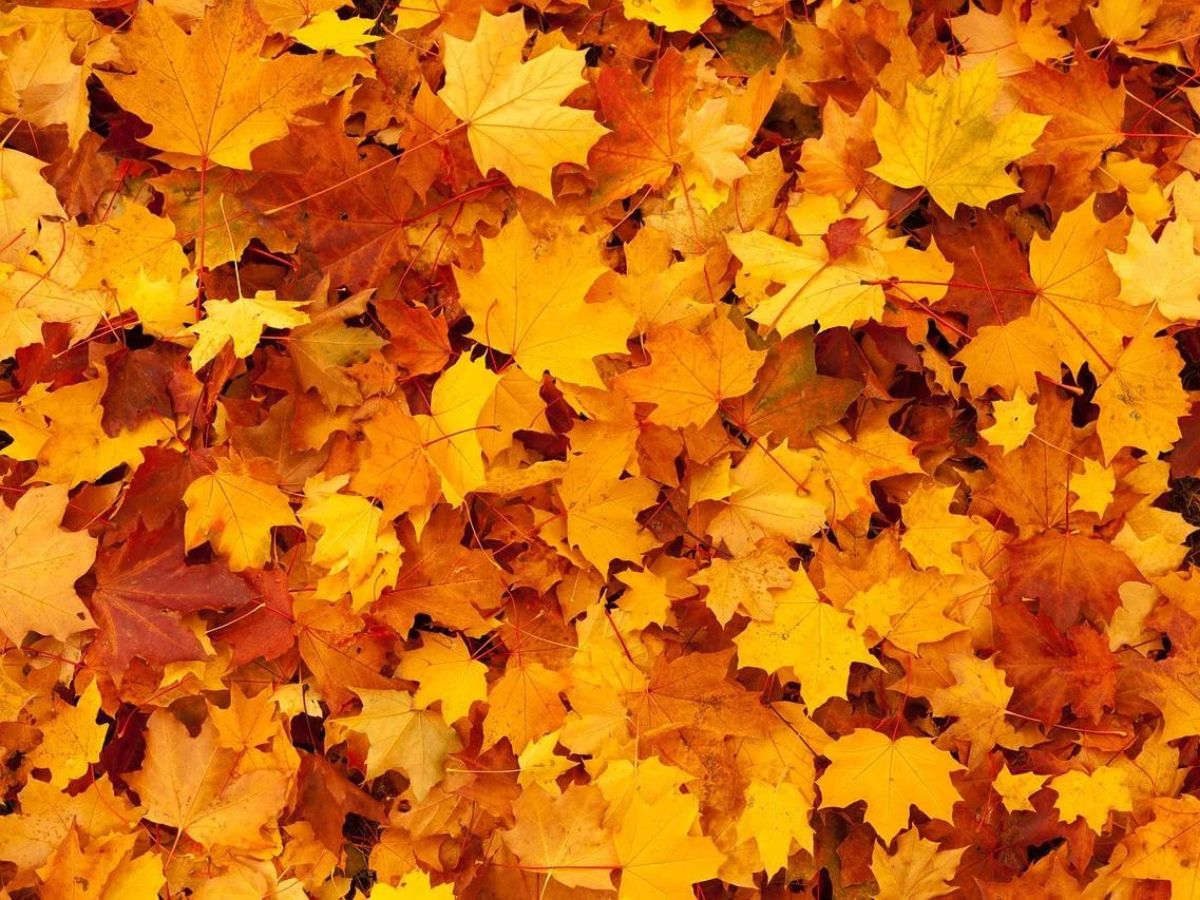
Chemicals such as flavonoids, carotenoids and anthocyanins become more prominent in leaves after the Autumn equinox, while Chlorophyll decreases. This results in the vibrant ambers, reds and yellows of autumn.
The Word 'Autumn' Has A French Origin
The word autumn is derived from the French word 'Autumne'. Also, fall, which is used to describe the Autumn season, is a shortening of the phrase "fall of the leaf".
Colder Weather In Northern Hemisphere After Autumn Equinox
After the Autumn equinox, the temperatures in the Northern Hemisphere become cooler, resulting in colder weather conditions.
Interesting Traditions And Festivals On Autumn Equinox
The beginning of the astronomical fall season in the Northern Hemisphere is celebrated with holidays, traditions, folklore and festivals.
In the United Kingdom, followers of the Wicca religion gather at Stonehenge, the world's most famous prehistoric monument, and at Castlerigg, another megalithic stone circle near Keswick in Cumbria. They gather at these prehistoric sites to witness the sunrise on the day of the equinox.
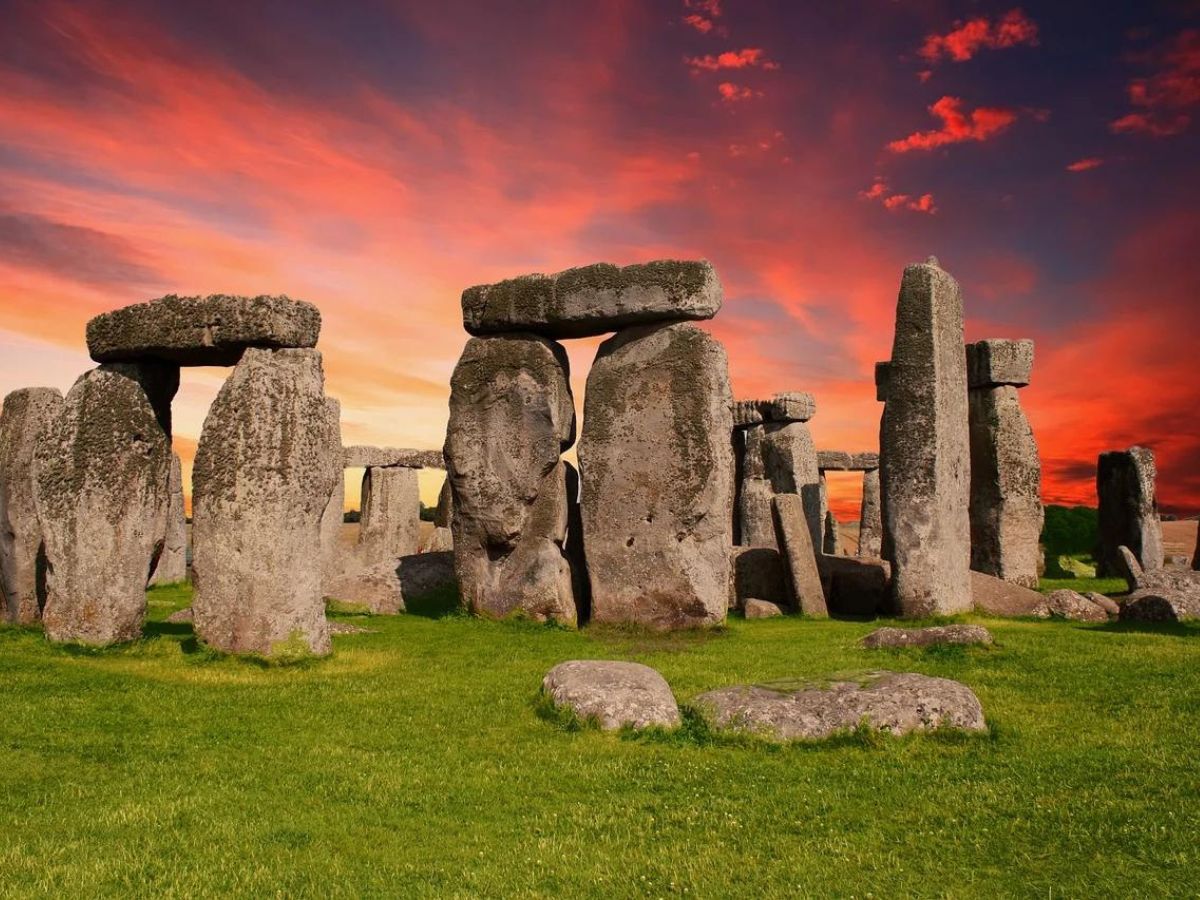
Pagans, who hold religious beliefs different from those of others around the world, celebrate Autumn equinox with a harvest festival known as Mabon, which is a time for practising Apple Magic. In Apple Magic, a person peels an apple, keeping it in one long piece, and drops it on the floor when it comes off. The letter formed is the first initial of the person's true lover's name. Pagans also associate apples with immortality.
In Japan, people celebrate Higan, a six-day Buddhist festival, during both the September and March equinoxes. Higan means the "other shore" and refers to the spirits of the dead reaching Nirvana, who the Japanese remember by visiting, cleaning and decorating their graves.
On the day of the Autumnal equinox in the Northern Hemisphere, afternoon sunlight bathes the western side of the main stairway of Mayan Pyramid of El Castillo, in Mexico. This creates a shadow which imitates the body of a 120 foot long rattlesnake, creeping downwards. The shadow is known as the 'Snake of Sunlight'.







































